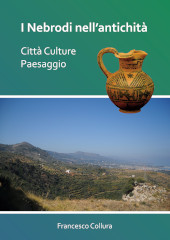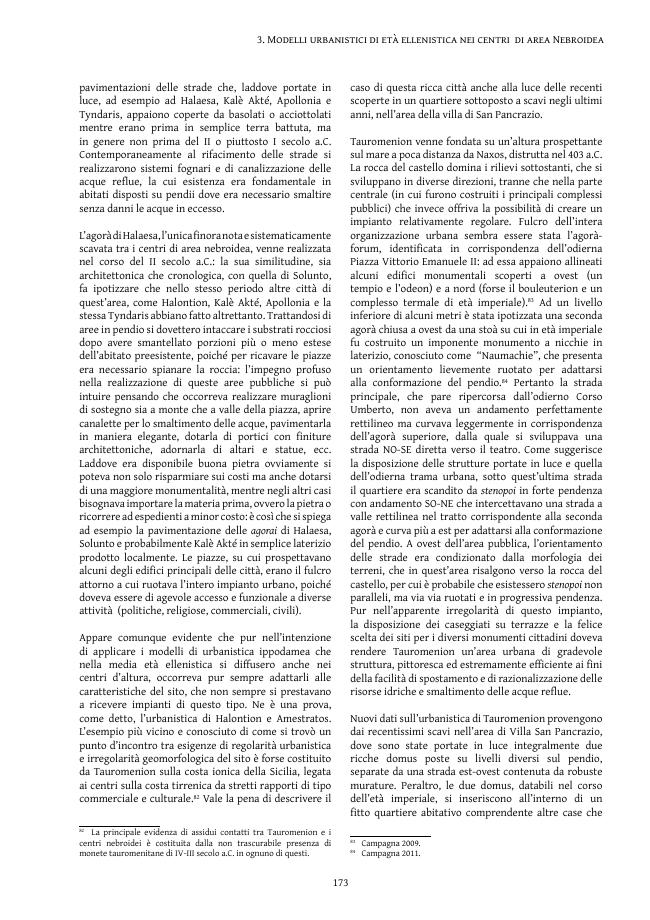2019 - Archaeopress Publishing
E-book
Versione Digitale
Download | Copia/incolla | Stampa
I Nebrodi nell'antichità : Città Culture Paesaggio
376 p.
- The Nebrodi mountains run along the central-northern part of Sicily. It is an area characterised by high ground that rises abruptly from the Tyrrhenian coast, separated by narrow valleys crossed by creeks and a few flat areas. Human presence there is very old due to the abundance of natural resources (water, wood, fertile land) and a favourable climate. In classical times, many cities prospered here, usually on well-defended hilltops; the archaic indigenous settlements encountered Greek culture from the 6th century BC, but they can be defined as totally Hellenized only after the middle of the 4th century BC. The phase of greatest prosperity was the Hellenistic age, especially following the Roman conquest of Sicily. Important centres were, among others, Tyndaris, Halaesa, Kale Akte and Herbita. Their wealth derived from the great availability of natural resources and from direct or indirect trade with the rest of the island, the Italian peninsula and other areas of the Mediterranean, especially those overloo
- king the sea. The birth of many of these settlements often dates back to prehistory and the existence of some of them has continued until today. The physical characteristics of this mountainous part of Sicily, along with its remoteness from the main cities of antiquity, affected the forms of human occupation and the growth of an autonomous culture. The Nebrodi have long remained archeologically unexplored: research and excavations were few and concentrated mainly on certain sites (particularly Tyndaris and Halaesa). Therefore, the history of these districts is still almost unknown. This volume presents the author's many years of research, hoping to increase the knowledge of many aspects of this part of the island: the meeting between indigenous and Greek cultures, their coexistence, the types of settlement and the organization of cities, the trade and the local productions. [Publisher's text].
- 384 figures (208 colour pages).
-
Informazioni



